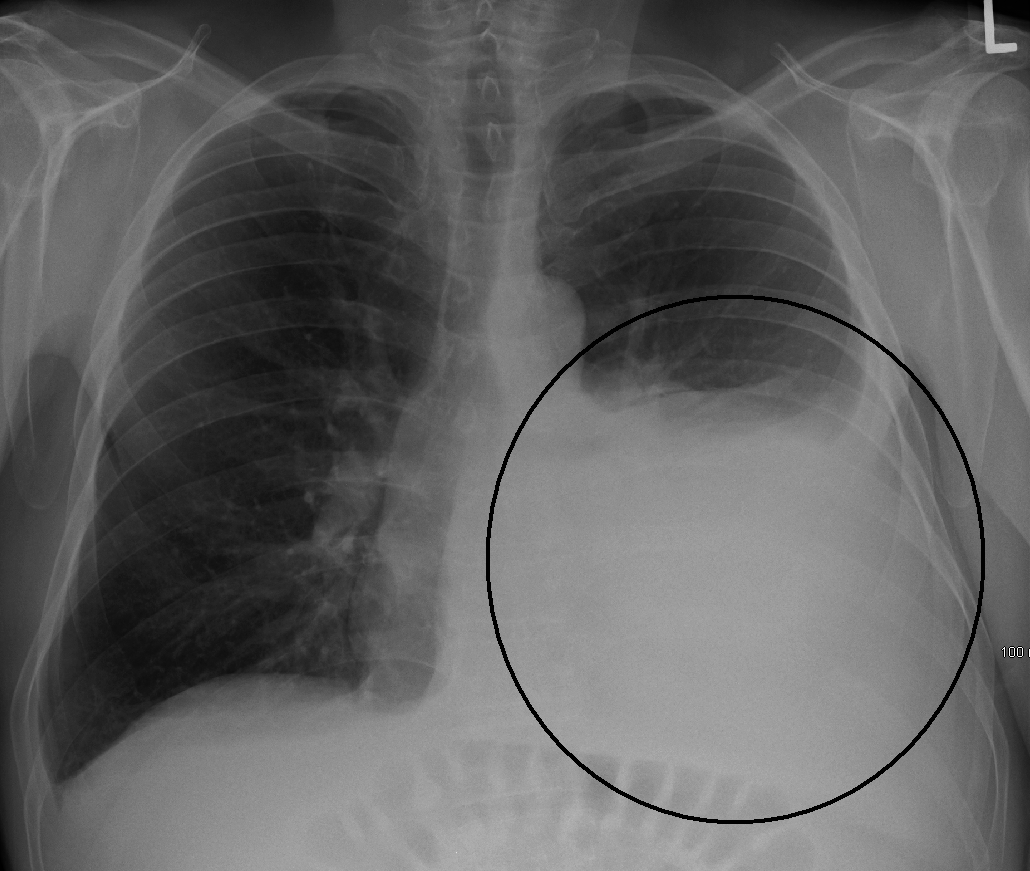Heart Blocks: A Primer
/We order and interpret numerous EKG’s during our shifts in the emergency department. EKG interpretation is one of the skills we need to be competent in and comfortable with as an emergency medicine physician. STEMI’s, ischemic changes and arrhythmias are some of the most important findings we focus on, and although straightforward, heart blocks can be easily overlooked. The goal of this post is to go over some of the most common and clinically relevant conduction blocks, how to manage them and what their disposition are.
Read More

















